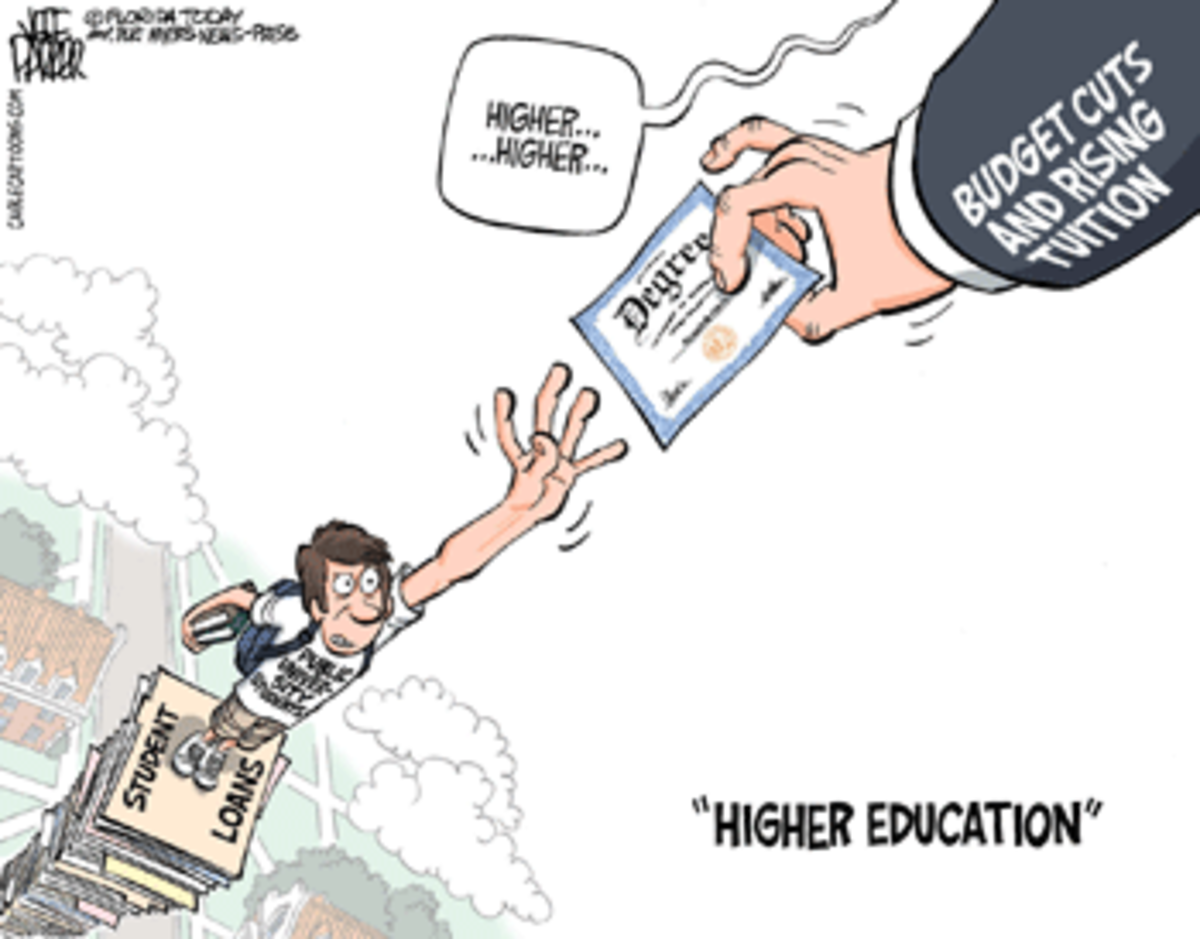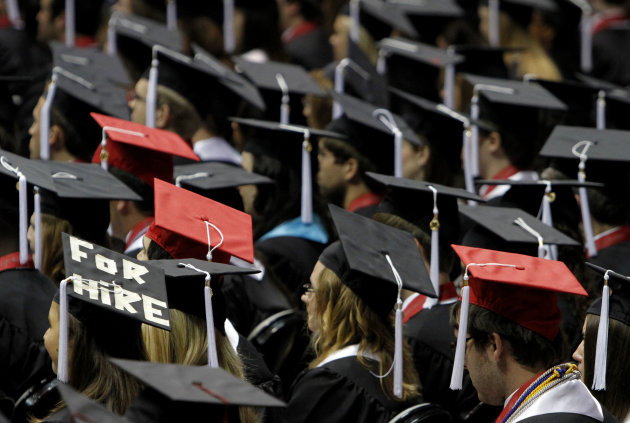The Student Loan Paradox
“The federal lending program designed to make college education available to everyone is creating a pile of debt so large it is fanning worries that it has become too easy to borrow too much.”
While doing research for a persuasive essay on lowering the costs of college tuition, I came across the article “Federal Student Lending Swells” from the Wall Street Journal. Its first sentence, quoted above, naturally drew my attention…and my skepticism.
According to the article, the availability of federal student loans to nearly anybody attending a university is causing many people to take on more loans than they are eventually willing to pay, and putting them at risk for aggregate debts they will not be able to pay. The article made it sound like low income households, the ones who need federal loans the most, are most prone to defaulting on their loans. In the article, Jackson Toby, a retired Rutgers University sociologist and adjunct scholar at the conservative American Enterprise Institute, “proposes that students undergo a comprehensive assessment of credit-worthiness, including how much debt they currently have, their academic history and their expected income upon graduation, given their major, before getting federal student loans.” This attitude, while economically sound, worries me, since it goes against the entire purpose of federal student loans: making college more affordable.

Modern “Higher Education” is more loans for the same degree.
What I was most curious about was the effect federal student loans have on tuition. The way I see it, the higher tuition costs become, the more people have to borrow in order to pay for college. And unfortunately, federal student loans are hiking up the cost of tuition. As more federal aid becomes available to lower and middle class students, colleges and universities raise their tuition prices to account for this aid (“In Our Opinion: Student Loans Fuel Rising Tuition Costs”). The same thing goes for federal grants as well, though economists at the Federal Reserve Bank also state there is “strong suggestive evidence” that decreases in state and local funding of public universities are linked to tuition increases, particularly since the recession (“Why College Tuition Keeps Rising”).
 We are left with a paradox. The federal government is trying to make college more affordable, but colleges and universities are merely raising their tuition costs in response. The result is more student debt. Naturally, this opinion has drawn some criticism (“Why Student Aid Is NOT Driving Up College Costs”), but thinking about my own college experience, this makes sense. When I received my estimated tuition bills from the colleges I was accepted to last spring, the outlines assumed I would be accepting the loans, estimated which amount I would be able to loan from the government, and calculated my parents’ contribution from what was left. This sort of backwards logic is costing me and my family thousands, but there is nothing we can do about it.
We are left with a paradox. The federal government is trying to make college more affordable, but colleges and universities are merely raising their tuition costs in response. The result is more student debt. Naturally, this opinion has drawn some criticism (“Why Student Aid Is NOT Driving Up College Costs”), but thinking about my own college experience, this makes sense. When I received my estimated tuition bills from the colleges I was accepted to last spring, the outlines assumed I would be accepting the loans, estimated which amount I would be able to loan from the government, and calculated my parents’ contribution from what was left. This sort of backwards logic is costing me and my family thousands, but there is nothing we can do about it.
So how can we break the paradox? Though I am usually against this sort of measure, I think the government might want to think about posing restrictions on the universities, perhaps adding a tuition increase cap. This is not at all a bulletproof plan, but something must be done, and if these articles are correct, federal student aid is not the answer.

Recent Comments